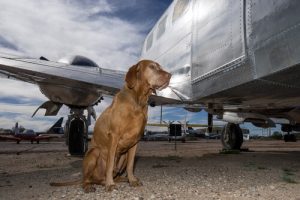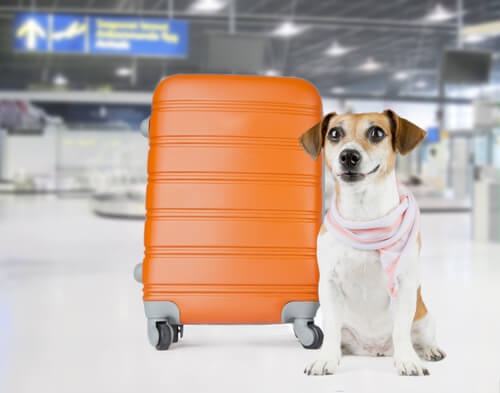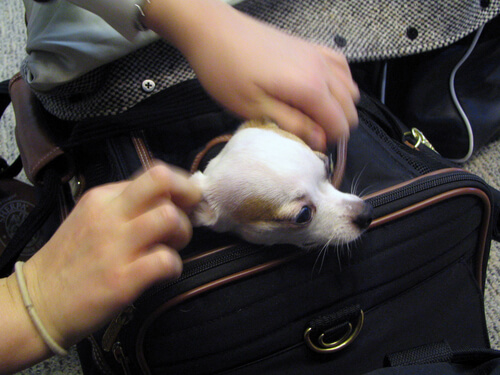The Danger of Dogs in Airplane Cargo Holds

If your dog is large, it is impossible that he can travel with you in your seat, for obvious reasons. Only small dogs can do that in a dog carrier or appropriate bag.
If the dog weighs over a certain number of kilograms, the airplane cargo hold is the only option. You can even hire special services to make sure that your pet will be okay. Even so, there are many owners that fear the treatment that their pets will receive before, during, and after the journey.
Dangers of having dogs in cargo holds
According to the news and personal experiences that pet owners have recounted, it seems that putting dogs in the airplane cargo hold is a matter of luck. Luck that the staff is good, luck that there are no delays, luck that they don’t treat him like a suitcase.
People have shared videos in which you clearly see that they treat the pet carriers as if they were suitcases, throwing them through the air or onto the ground.

Furthermore, dogs in cargo holds will need air, especially when it’s hot out. Added to that, they spend a lot of time out in the open waiting to be put on the airplane, or to be returned to their owners on the way back. This can cause them heat strokes or hypothermia, depending on the temperature.
There have been many dog deaths because of the lack of care, and because carrying them in a tiny enclosed space with a lack of oxygen is cruel. Therefore, many American companies have decided not to allow animals to travel on their flights.
Others simply have opted for rejecting animals when the temperature is too extreme. Some only allow them when it is strictly necessary, like in the case of moving to another country.
Statistics on dog deaths in airplane cargo holds
In the United States, it is obligatory to publish the deaths of pets that travel on airlines. Unfortunately, there is not a month that passes without a tragedy.
Even though this is not done in Spain, dozens of cases are known where, unfortunately, dogs have died. That’s why they have prohibited brachycephalic dogs, those that have a flat snout and therefore, respiratory problems, from traveling in cargo holds.

Users have shared many videos that show how the airport staff treats pets. Some have surprised for the good treatment that the animals have received. However, unfortunately the majority has been animals that were treated like a suitcase or worthless object.
A real experience
Janet Sinclair paid extra to make sure that they treated her dog and cat with great care. However, it didn’t end well and she had to file a complaint against the company. Why?
Apparently, she could see from the airplane how they kicked around, although gently, her cat’s carrier when moving it. Because of a flight delay, they were out in the sun for about 45 minutes at a temperature of almost 30ºC.
Her dog arrived in an awful state, almost dead, with a heat stroke and bloody wounds. Although she recovered, Janet could not keep quiet and she had to report what happened with the hope that the rules for pet transportation would become more strict for the workers that are in charge of it.
From what we have seen, there are many people that prefer to leave their pet with a family member or friend, or in a dog hotel, when they go on vacation. Even though everyone makes their own decision, this seems to be the wisest option.
This text is provided for informational purposes only and does not replace consultation with a professional. If in doubt, consult your specialist.